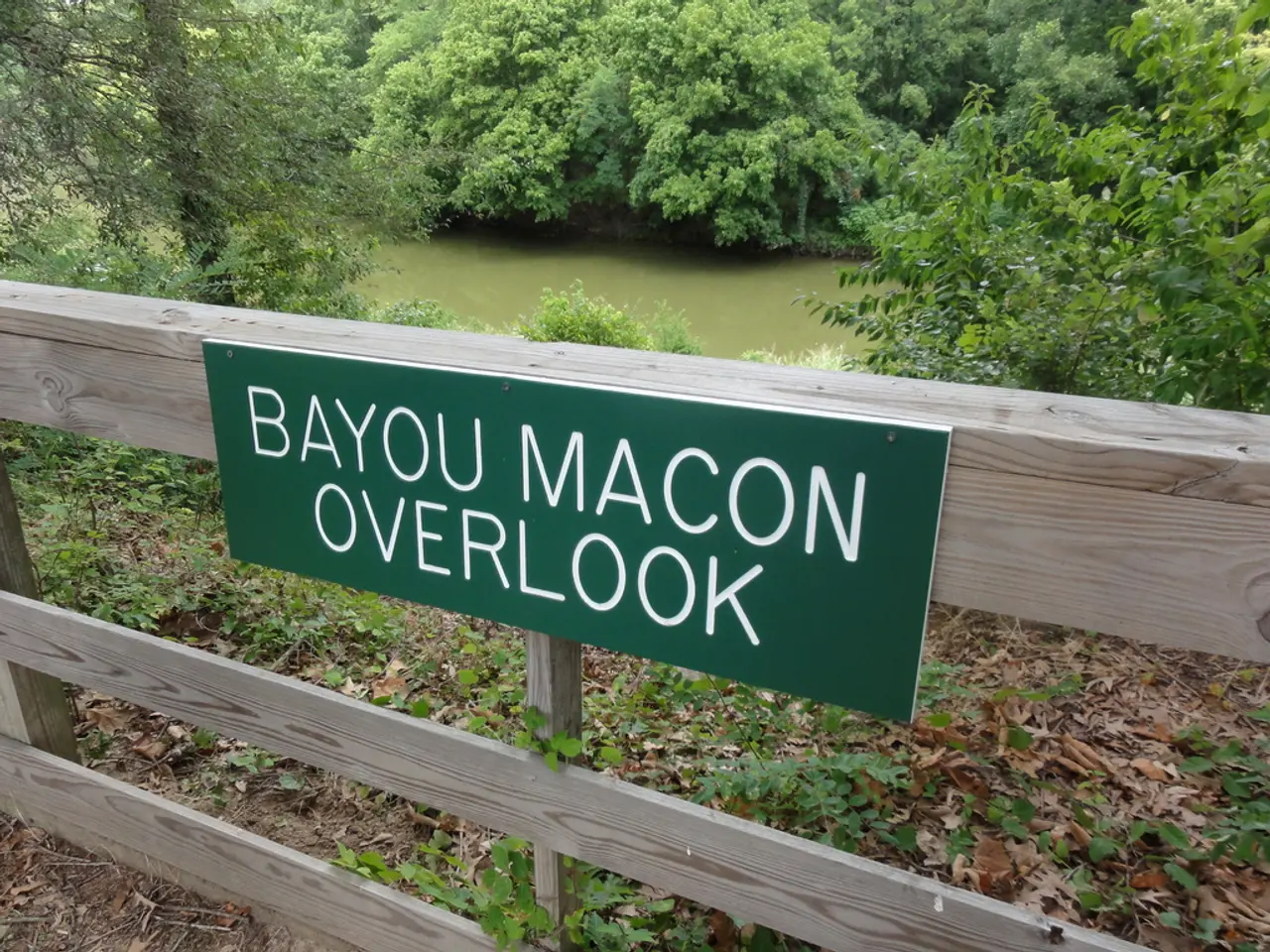Rivers in Chiang Rai need to be checked for arsenic levels in their sediment, according to a warning issued by the Pollution Control Department.
In Chiang Rai, Thailand, concerns have arisen over the levels of arsenic contamination in the sediment of three rivers - the Kok, Sai, and Ruak rivers. The source of this contamination is believed to be unregulated mining activities in Myanmar, particularly rare earth and gold mining operations that are largely directed by Chinese enterprises [2].
The Thai authorities have been proactive in addressing this issue. They have urged government agencies, including the Harbour Department, the Royal Irrigation Department, the Royal Thai Armed Forces' development corps, and the engineering corps of the Third Army Area, to test the sediment for arsenic contamination before dredging these rivers [1].
The Pollution Control Department has issued guidelines outlining four levels of acceptable arsenic contamination in the sediment. Sediment with arsenic levels between 7-25 mg/kg can be used for general purposes but must not be used for building residences unless the site is fully paved with cement to prevent direct contact. Sediment with arsenic levels exceeding 500 mg/kg must be disposed of in a specially prepared hazardous waste facility. The pH must be neutralised with lime, ash, or calcium hydroxide. The site must be sealed with two layers of plastic sheeting and covered with clean soil to prevent contamination [1].
Sediment with arsenic levels between 26-500 mg/kg should not be used unless the area is paved with cement. If disposed of, the pH must be neutralised with lime, ash, or similar agents. The sediment must then be covered with a plastic sheet and topped with a clean layer of soil [1].
Environmentalists have raised concerns that the sediment may spread pollution to communities and ecosystems in the areas where it is transported or dumped. To mitigate this risk, it is crucial to avoid direct contact with river water and sediment, especially for activities such as bathing, washing, or fishing, due to heavy metal toxicity [1].
When handling sediments suspected of contamination, protective equipment like gloves and masks should be used. It is also advisable to follow government advisories regarding consumption of fish or use of river water for drinking or irrigation [1].
The public is encouraged to support and comply with ongoing environmental monitoring programs conducted by Thai health and pollution control authorities. Staying informed on developments regarding infrastructure projects, such as the proposed dam on the Kok River, designed to reduce contaminant flow, is also essential [1].
This approach is rooted in current scientific assessments and governmental actions responding to cross-border mining pollution impacts in the Kok River basin affecting Chiang Rai [1][2][3].
[1] Department of Pollution Control, Thailand. (n.d.). Guidelines for handling arsenic-contaminated river sediments in Chiang Rai. Retrieved from [https://www.dpc.go.th/content/guidelines-handling-arsenic-contaminated-river-sediments-chiang-rai]
[2] Chaiyabhat, P. (2020, September 21). Arsenic contamination in river sediment in Chiang Rai, Thailand. The Nation Thailand. Retrieved from [https://www.nationthailand.com/news/30398098]
[3] The Nation Thailand. (2020, October 2). Thailand proposes building a dam on the Kok River to block toxic contaminants from Myanmar mining zones. Retrieved from [https://www.nationthailand.com/news/30403146]
- Education programs can be organized to inform local communities about the dangers of arsenic contamination in the rivers and the importance of following guidelines for handling the sediment.
- The economic impact of climate change and environmental degradation on the tourist industry in Chiang Rai should be studied, as it could potentially reduce the influx of tourists and hurt local businesses.
- While conducting environmental-science research on the effects of arsenic contamination on fish populations in the Kok, Sai, and Ruak rivers, scientists should also consider the potential implications for public health and wellness.
- In light of the ongoing concerns about arsenic contamination from unregulated mining activities, it may be beneficial for government agencies to collaborate with international organizations in the field of science and environmental-science to develop advanced technologies for efficiently removing the contaminants.
- To foster sustainable development in Chiang Rai, the importance of preserving the local environment for future generations should be emphasized in curriculum for schools, with a focus on topics such as science, health-and-wellness, and environmental-science.




